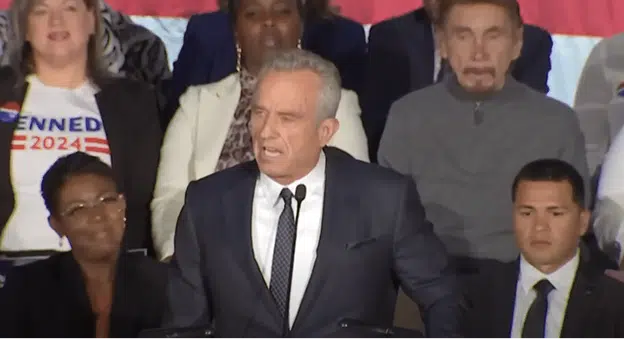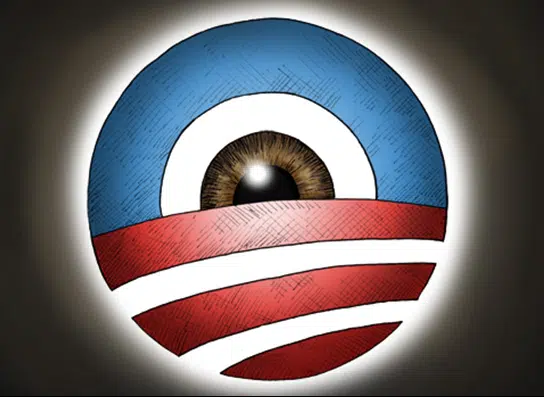By Natalia Castro
Under California law, personal safety is not described as a good enough reason to carry a concealed weapon in public, so county sheriffs aren’t allowing people to have them. While this may seem like a gross violation of the Second Amendment which clearly states that “the right of the people to keep and bear arms shall not be infringed,” the 9th Circuit Court of Appeals seems to disagree.
The Court has officially ruled in Peruta v. San Diego that the Second Amendment does not give citizens the right to carry a concealed weapon in public places, rather leaves guidelines for permitting carry to the states discretion. This court effectively made the constitutional right to bear arms a privilege which states can choose to provide.
What other rights can be turned into privileges in the states under this new doctrine? So much for 14th Amendment incorporation.
As the court opinion released on June 9, 2016 writes “we conclude that the protection of the Second Amendment — whatever the scope of that protection may be — simply does not extend to the carrying of concealed firearms in public by members of the general public.”
Judge William Fletcher, appointed by former President Bill Clinton, states that the precedent set in Heller v. DC provided the idea of a limit on the ability to carry a concealed gun, and this ruling simply solidifies that limit. However, this is a gross misinterpretation of the Heller decision, which plays a critical role in explaining why this ruling is unconstitutional.
As explained in the dissenting opinion written by Judges Callahan, Silverman, and Smith, Heller and McDonald v City of Chicago, another prominent gun law case involving individual states gun laws, both explain that individuals have the right to protection from both public and private violence. Therefore, they write, these cases “indicate that the right extends in some form to location where a person might become exposed to public or private violence.”
The 9th Circuit ruling clearly violates the protections of the second amendment. If the goal of carrying a concealed weapon is protection, all this ruling does is ensure people cannot keep themselves safe.
As Frank Miniter notes writing for Forbes.com, the law which was upheld is a California law requiring those carrying a concealed weapon to adhere to three criteria: 1) be a resident of their respective city or county, 2) be of “good moral character”, 3) have “good cause” for such a license.
However, the definitions of these vague terms are completely subjective to the city or county which is instituting the ban. While in some counties “good cause” can be proved by showing a need for self-defense, while the San Diego Sheriff’s Department License Division describes the “good cause” as “a set of circumstances that distinguish the applicant from the mainstream and causes him or her to be placed in harm’s way. Simply fearing for one’s personal safety alone is not considered good cause.”
This provides local governments with the liberty to remove an individual’s Second Amendment rights simply because they do not feel a person’s life is imminently threatened, but as the 9th Circuit judges fail to realize, life can be threatened at any point.
Moreover, it might reduce the risk of gun-related violence. A 2000 book “More guns, less crime” by John Lott found that following the passing of the Florida right to carry law registration of weapons grew exponentially, meanwhile gun-related crime decreased significantly, with a vast majority of cases involving self-defense.
A 1996 oped in the Los Angeles Times by Independence Institute research director David Kopel found, “After Florida enacted such a law in 1987, starting a national trend, the homicide rate fell sharply, the handgun homicide rate even more so. Florida went from being a state where people were 40% more likely to be murdered than the national average to a state about equal to or slightly safer than the national average. Florida’s rates for other violent crimes, already the worst in the nation, continued to increase, although at a slower rate than the national rate of increase.”
Kopel continued, “Research comparing crime trends in states with concealed carry laws with trends in demographically similar states without such laws has found strong support for the hypothesis that they reduce homicide and weaker but still positive support for a reduction in aggravated assault and robbery.”
Concealed weapons are not a driver of crime but an alleviator. The 9th Circuit ruling undermines the ability for an individual to provide self-protection by infringing on the constitutionally provided right to bear arm without government intrusion. And it does this without any consistency in its enforcement, so individuals in some counties will carry concealed weapons while a town down the road this right would be denied from a comparable individual.
Fortunately, as the dissenting opinion notes, this harmful ruling may just be an anomaly. Drake v. Filko recognized “the Second Amendment’s individual right to bear arms may have some application beyond the home,” Woollard v Gallagher was fought based on the assumption that “the Heller right exists outside the home,” and Moore v. Madigan found “to confine the right to be armed to the home is to divorce the Second Amendment from the right of self-defense.”
Consistently courts have asserted that the right to carry a concealed weapon outside of the home is not to be infringed upon, and despite haven been proven in Florida that carrying these weapons is good at ensuring security and self-defense, the 9th Circuit court has directly violated the rights of citizens throughout their region. This ruling then becomes not just unconstitutional, but lethal.
Natalia Castro is a contributing editor at Americans for Limited Government.








